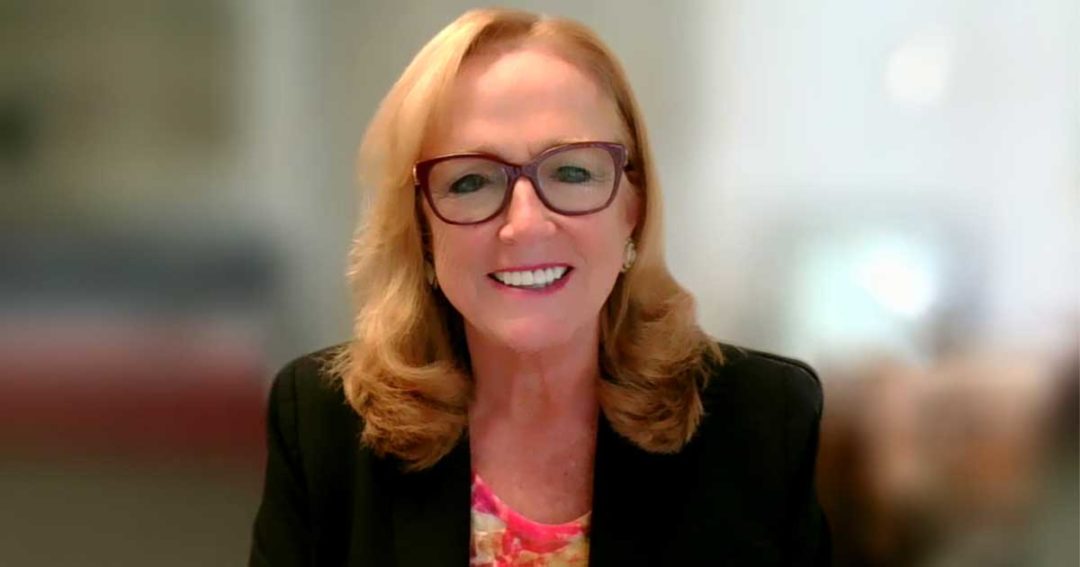
Succession planning: Move beyond your comfort zone
Focus on the future to ensure the organization’s relevance.
Succession planning is about strategic oversight and ensuring your organization is relevant and future-focused, says Susan Mitchell, CEO at Mitchell Stankovic & Associates.
“We need to modernize the concept of succession planning,” she says. “Succession plans are critical to all leadership transitions into the future.”
Organizations should take a balanced approach to succession planning, Mitchell says, examining what’s needed today in leaders and what will be needed in five years.
Too often, succession planning is event-driven: The CEO announces their retirement and a promotion takes place or a search is activated. Volunteers rarely have a succession plan unless there are term limits in place.
“This is not an event-driven issue,” she says. “This is a long-term plan on the part of the credit union to say, how is our organization going to be relevant into the future?”
Instead of responding only when a need arises, credit unions should think about their leadership succession plans continually, and alter their plans to address changing competitive dynamics, Mitchell advises. There should be a robust group of candidates being developed internally and externally for volunteer succession.
“Be forward-thinking,” she says. “Look in terms of adding the skills and talents the credit union will need in the future: complex business practices, cybersecurity, and multi-layered risk factors. Update these based on what’s going to happen next.”
With this forward-thinking mentality, she says it’s important to challenge your current practices and be uncomfortable with what you’re doing.
“It’s comfortable within your organization to have conversations about your star employees or if there’s continuity on the board, so succession planning can be very routine,” she says. “But does your plan represent what your credit union will look like in the future? And how do we need to look at succession plans in a different way?”
Mitchell compares the experience to estate planning or any other environment where a transition is taking place. While succession planning conversations are difficult, they need to occur to ensure the continued success of the organization.
“None of us are comfortable with the idea that we’re going to be replaced,” she says. “And yet, we’re going to be replaced.”
Mitchell’s biggest piece of advice: Be realistic and update the plan continually.
“Succession planning has to be a living document,” she says. “It’s not something you do annually and put on the shelf. It’s literally a living, environmental discussion that’s not executed just by human resources.
“It’s a deliberate process with the executive team, C-Suite, and the board, and part of your overall plan.”